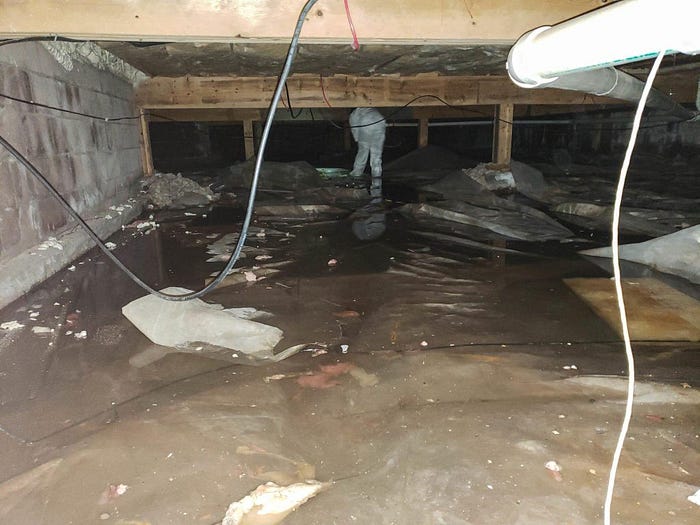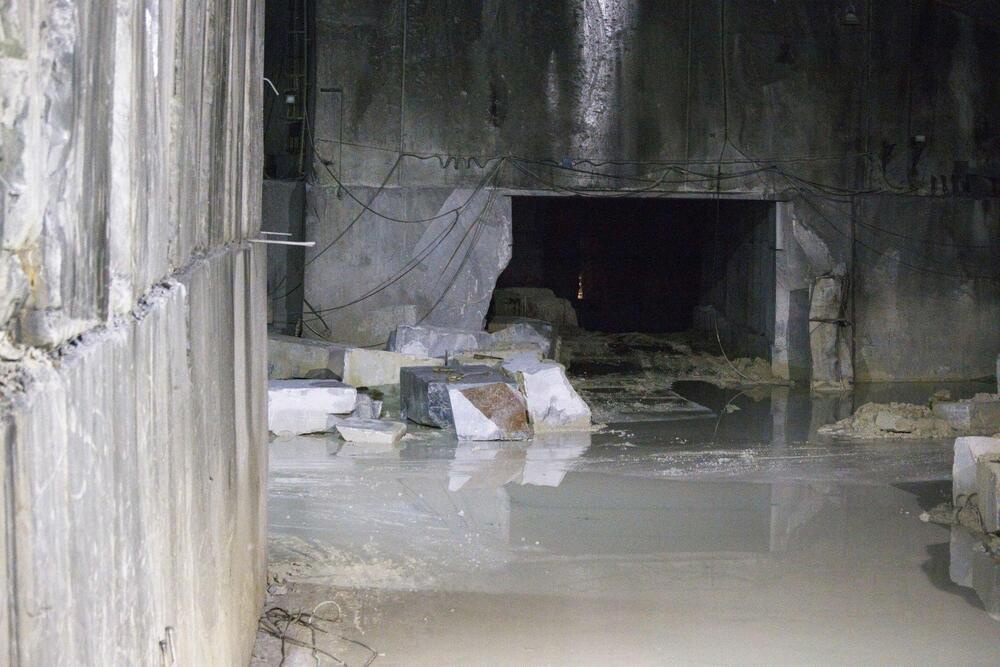Flood damage restoration can be a daunting and costly task. However, with the right plan of action, it is possible to recover from even the most devastating floods. In this blog post, we’ll discuss the steps you should take when dealing with flood damage restoration, from assessing the damage to finding the right professionals to help with the process. With the right approach, you can begin to rebuild and restore your home and belongings after a flood.
The first 48 hours are critical
When it comes to flood damage restoration, it is essential to act quickly. During the first 48 hours after a flood, the water damage can become exponentially worse. Water damage services can help protect your home and possessions from further damage. It’s crucial to contact a water damage restoration service within these 48 hours to ensure the safety of your home and belongings.
Your water damage restoration team will be able to assess the situation, begin the extraction process, and start mitigating the damage. They will use specialized equipment to remove standing water and any wet materials that may have been affected by the flooding. The restoration process will involve cleaning and disinfecting all materials that have come into contact with flood water.
The restoration water damage services you hire will also be able to monitor your home for mold growth. This is incredibly important, as mold can form in just 48 hours. If it is left untreated, the mold can quickly spread and cause more significant damage to your home and health.
Once the water has been removed, your water damage restoration service will work to dry out your home and ensure that it is safe and secure. This will involve using dehumidifiers and air movers to accelerate the drying process and bring humidity levels back to normal.
By acting fast within the first 48 hours after a flood, you can save yourself from even more devastation and costly repairs down the road. Don’t wait to call in the professionals to begin the restoration process and help get your home back to normal.
Remove all standing water
The first step in dealing with a flood is to remove all of the standing water. This can be done by using pumps, vacuums, and other water extraction tools. It is important to work quickly and efficiently during this process as standing water can cause further damage to your home if not removed promptly. Professional water damage services may also be necessary depending on the severity of the flooding.
Once all of the standing water has been extracted, it is important to determine the source of the water and repair or replace any damaged plumbing, pipes, or other areas where water may have entered. A restoration water damage service can help with this assessment and repair process. After repairs are completed, all furniture, carpets, and other materials that were affected by the flood need to be thoroughly cleaned and disinfected.

Remove all wet materials
One of the first steps to take after a flood is to remove all wet materials from your home. This includes furniture, carpet, flooring, and other items that have been damaged by water. It’s important to act quickly to minimize further water damage and prevent mold growth. The longer wet materials remain in your home, the more damage they can cause.
A professional water damage restoration service can help with this process. They have the experience and equipment necessary to safely remove wet materials from your home and mitigate further water damage. The technicians from these services are trained to recognize and deal with the dangers posed by wet materials, such as mold growth, electrical hazards, and structural weaknesses. A qualified restoration water damage service should also be able to provide advice on how to keep your home safe and dry in the future.
Clean and disinfect everything
Once you have removed all standing water and wet materials, it’s time to start cleaning and disinfecting your home. This is important for preventing the growth of harmful bacteria and mold. Start by scrubbing any surfaces that were in contact with floodwater with warm soapy water. Wear protective gear such as gloves and a face mask while cleaning and make sure to dispose of all debris and garbage properly.
After scrubbing, use a disinfectant or bleach solution (one cup of bleach per gallon of water) to further sanitize the affected area. Do not mix bleach with other cleaning products. If you have carpets or rugs that were affected, it may be necessary to hire a professional water damage restoration service to clean and disinfect them. Finally, allow the area to dry completely before beginning any restoration of water damage services.
Dry out your home
Drying out your home after a flood is one of the most important steps you can take to minimize the damage caused by water. After all the standing water has been removed, you’ll want to get the rest of your home dried out as quickly as possible to avoid mold growth and further water damage. If the flooding was severe, it’s best to hire a water damage restoration service that can use professional equipment to dry out your home in a timely manner.
You can start drying out your home on your own by using fans, and dehumidifiers, and opening windows or doors if it is not too cold outside. Airflow is key, so you’ll want to set up fans to help circulate air around the rooms and increase evaporation. Dehumidifiers will help absorb excess moisture in the air and remove it from the house. If you have access to a wet/dry vacuum, you can use this to suck up any remaining standing water.
Once your home is dry, you’ll want to inspect for any water damage that may have occurred during the flood. You may need to replace carpets, furniture, and other items that have sustained damage from the flooding. If the damage is extensive, you should contact a restoration water company to help with repairs. They will be able to assess the damage and suggest the best course of action.
Drying out your home after a flood is essential for minimizing further damage and helping you return to normal life. Taking action quickly is key, so be sure to enlist the help of water damage services if you need additional assistance.

Call in the professionals
When it comes to flood damage, the safest and most efficient solution is to call in a water damage restoration service. Experienced professionals have the expertise and equipment to handle any flooding situation, from small-scale incidents to large disasters. Water damage services can provide a complete cleanup package, from removing all standing water to drying out and restoring your home.
They can also make sure that your home is safe from further damage, such as mold growth. In some cases, restoration water may even be necessary in order to salvage any personal belongings that were damaged. By bringing in a professional water damage restoration service, you can rest assured that your home and its contents are being treated with the utmost care and attention.
Monitor your home for mold
Mold is a common problem after a flood, and it can cause serious damage to your home and health if it isn’t addressed quickly. After removing all standing water and wet materials, and drying out your home, it is important to monitor your home for mold. Mold can start growing in as little as 48 hours after a flood, so you should always be on the lookout for signs of mold growth.
If you notice any musty smells or patches of discoloration on walls or furniture, you should call a professional water damage services provider immediately. They will be able to inspect the affected areas and take action to remove any existing mold. It is also important to have a professional assess any hidden areas such as walls and floors that may have been exposed to moisture during the flood. A restoration water service will be able to identify any potential sources of mold growth, stop the further spread, and begin the mold removal process.
Finally, regular monitoring is key in preventing mold from taking hold in your home. Pay attention to any signs of water damage or wetness, especially in areas that are usually dry. Consider investing in a dehumidifier or air purifier to help reduce humidity levels and create an environment that is not conducive to mold growth. If you think you might have a mold problem, don’t hesitate to call 7xm.xyz607186a professional water damage restoration service for advice and assistance.


No comments yet